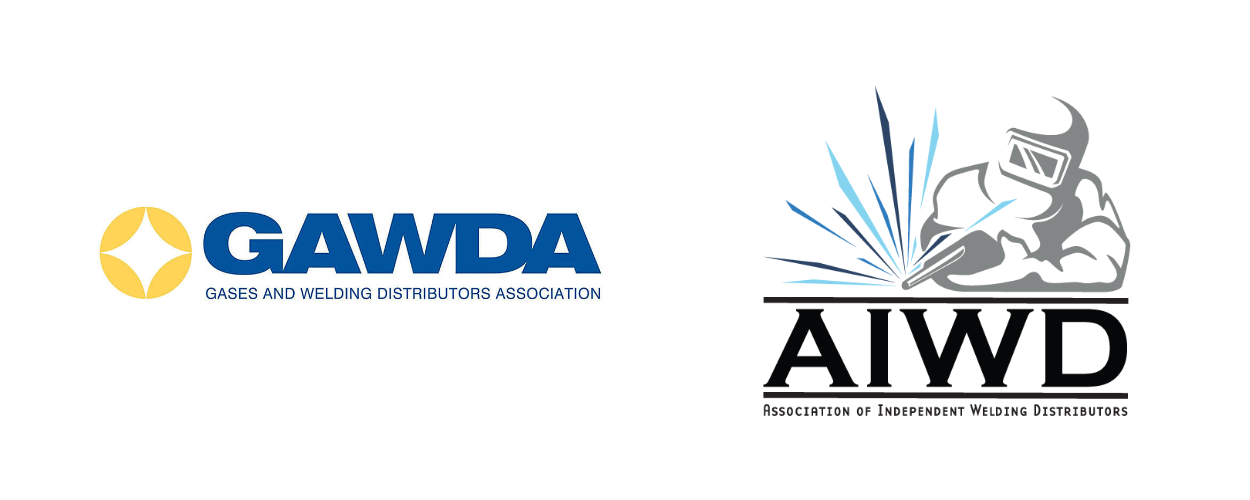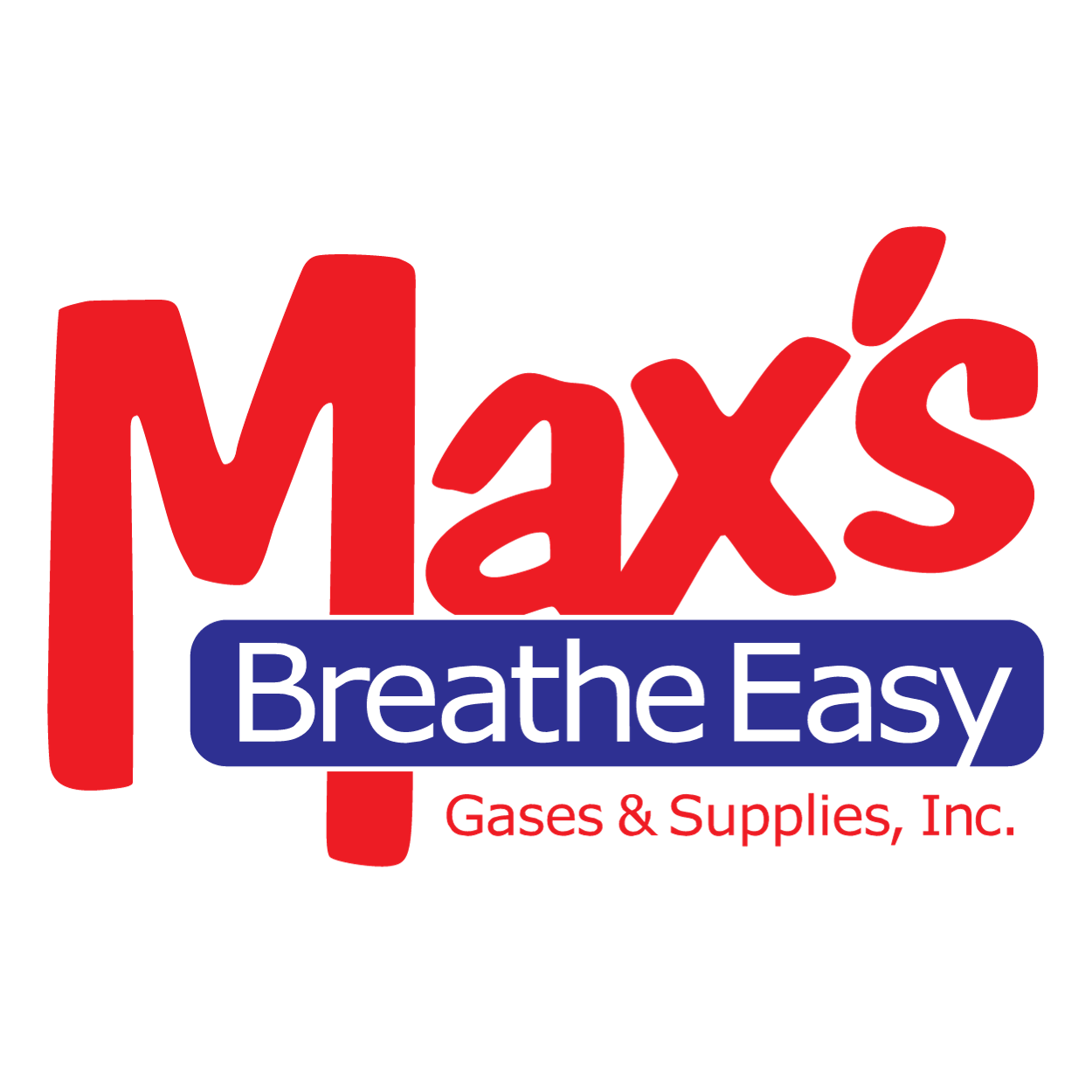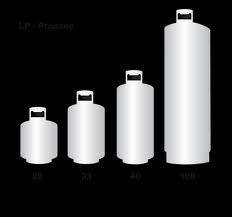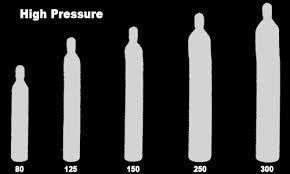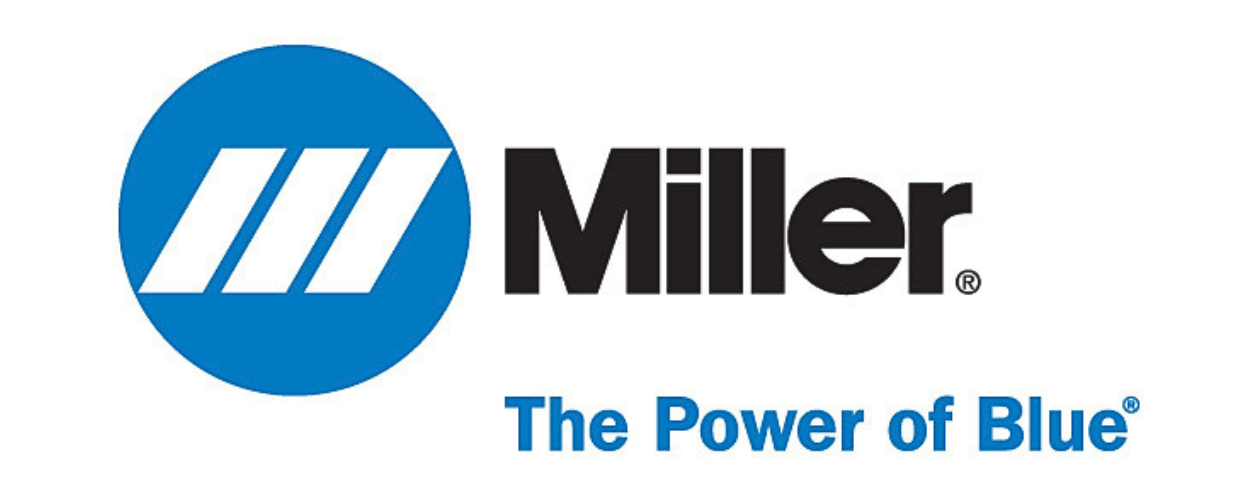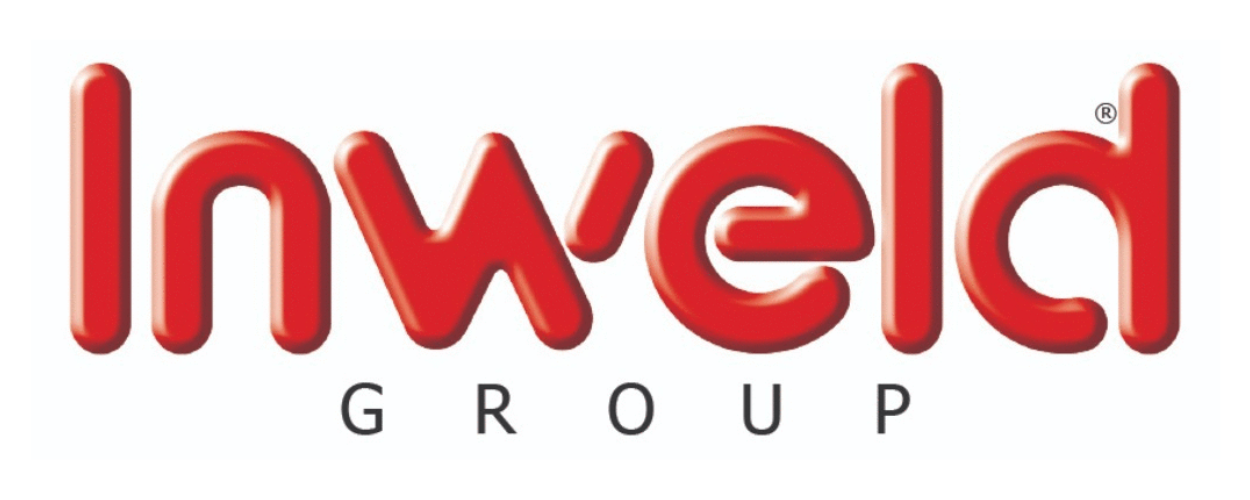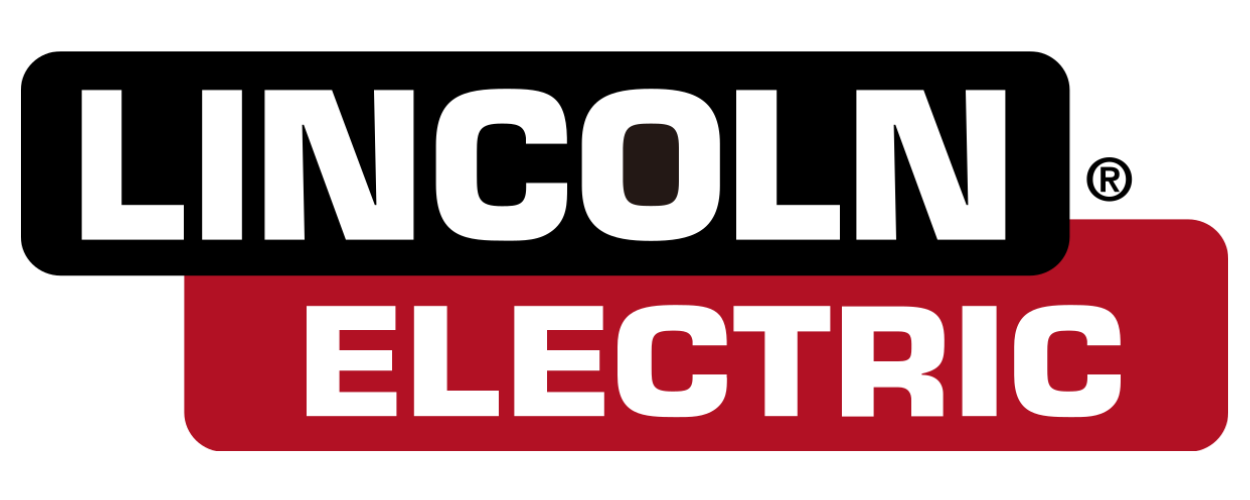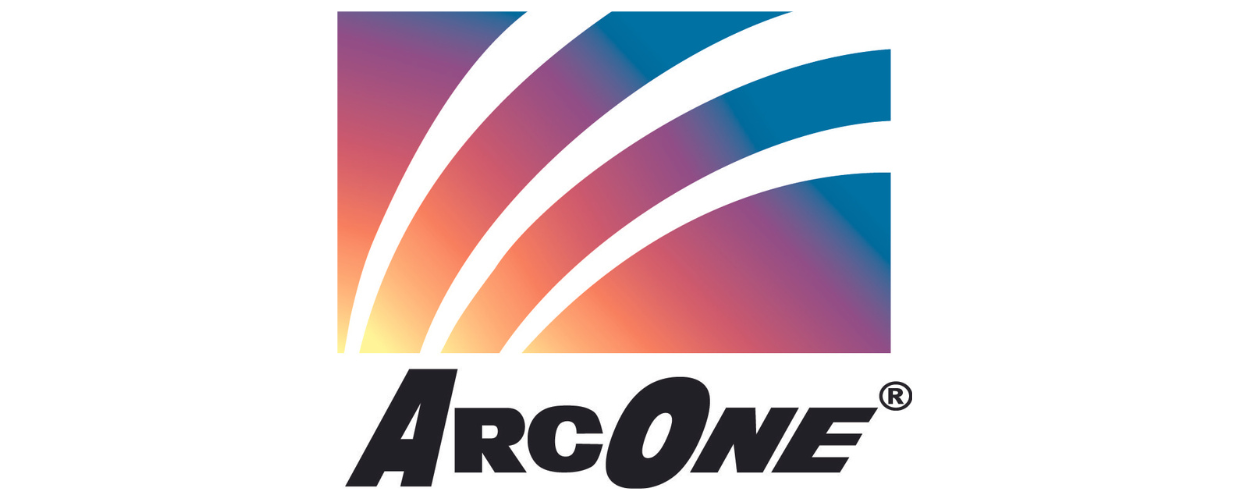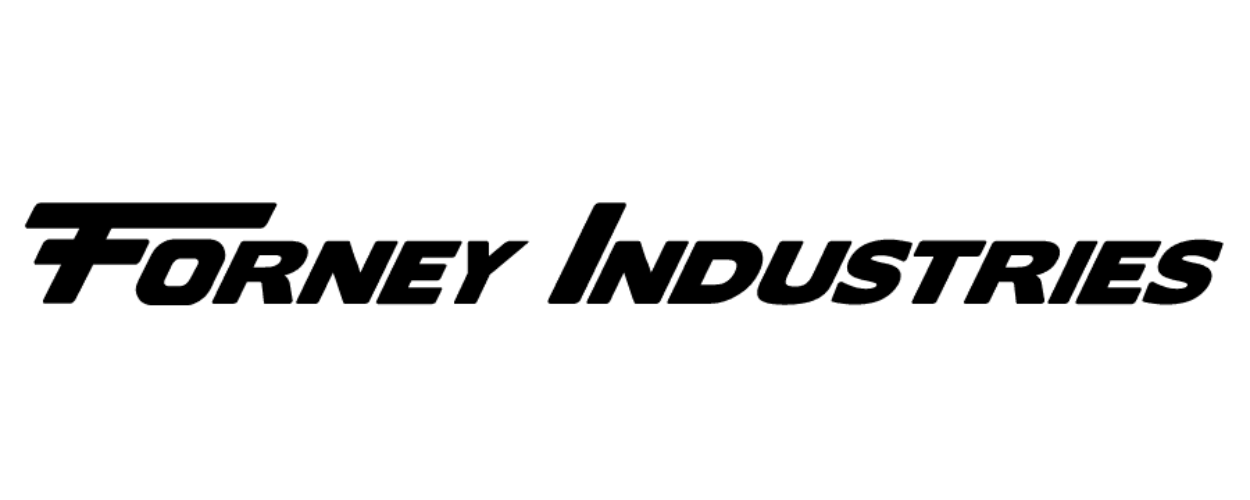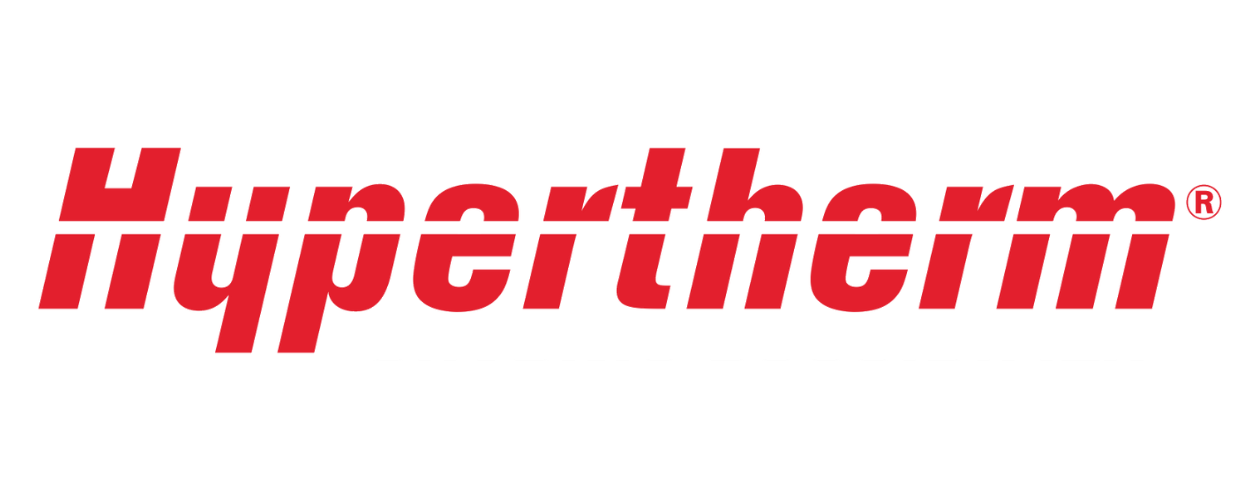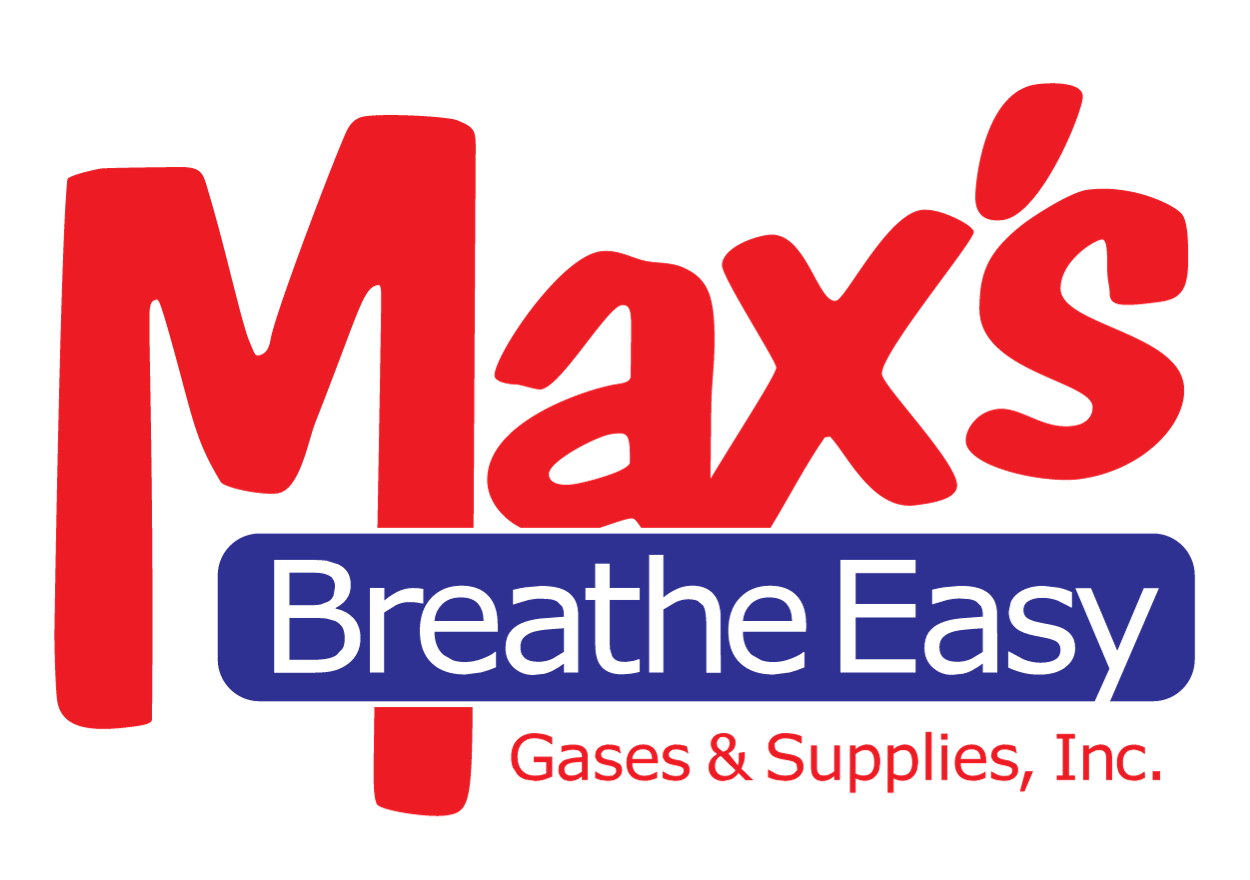
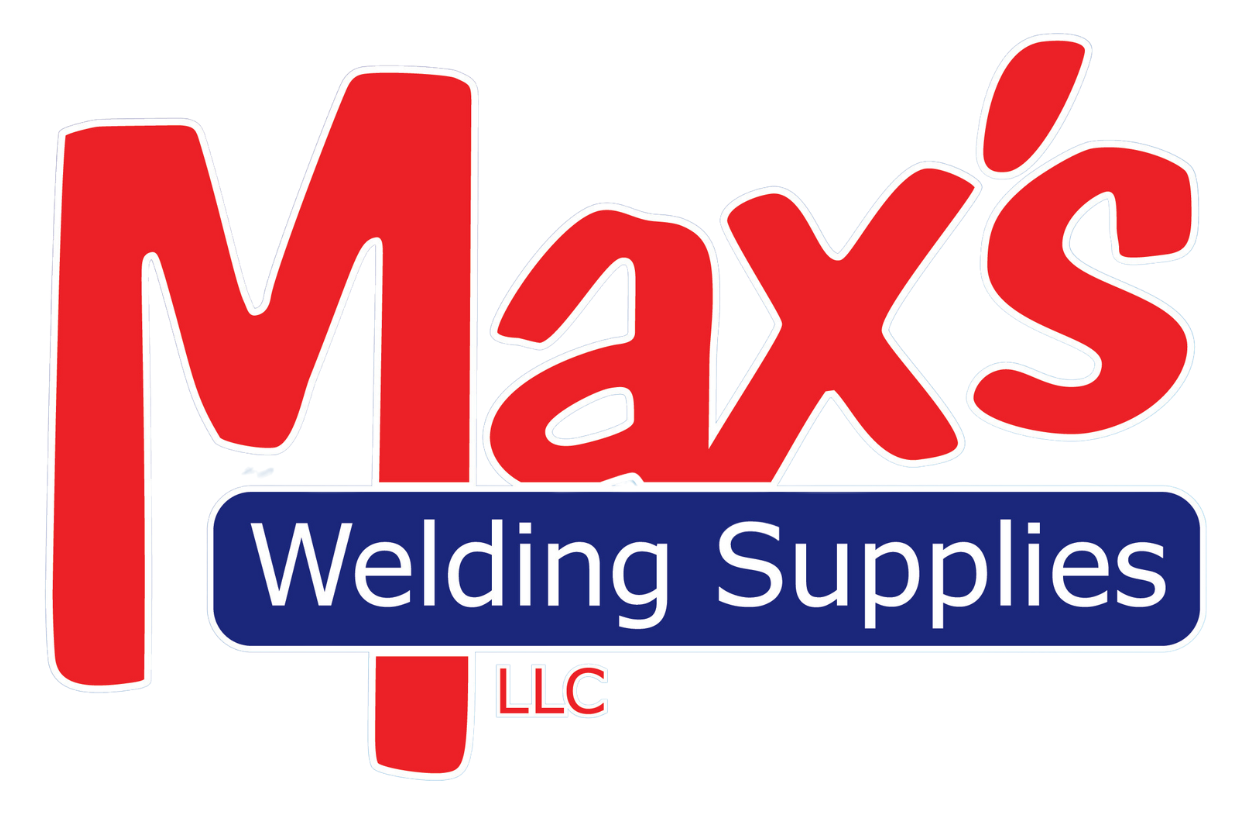
PRIMARY LOCATION
622 Oil Hill Rd
El Dorado, KS 67042
SECONDARY LOCATION
910 Graham St
Emporia, KS 66801
Industrial Welding Gases in Kansas
Why Max's Welding Supplies?
Why Max's
Welding Supplies?
Request Service
Contact Us
Thank you for contacting us. We will get back to you as soon as possible.
Please try again later.
Acetylene
Acetylene (C2H2) is a synthesis gas generally produced from the reaction of calcium carbide with water. It was burnt in “acetylene lamps” to light homes and mining tunnels in the 19th century. Being a gaseous hydrocarbon, it is colorless, has a garlic odor, is highly combustible, and produces a very hot flame when combined with oxygen.
Argon
Argon is a non-toxic, tasteless, odorless, colorless gas. Along with helium, argon is also known as a “rare” gas. It is 1.38 times heavier than air and is slightly soluble in water. Applications for argon utilize its inert properties for protection against the oxidizing effect of air. Argon is widely used as shielding or blanketing gas in metallurgy and arc welding and cutting. They will also use argon to fill incandescent and fluorescent lamps.
Carbon Dioxide
Non-flammable carbon dioxide is a slightly toxic, odorless, colorless gas with a slightly pungent, acidic taste. It will not burn or support combustion. It is 1.52 times heavier than air and is very soluble in water, forming carbonic acid. Carbon dioxide will sublime at atmospheric pressure and -109°F to solid form (dry ice).
Carbon dioxide is formed naturally by the decomposition of organic material, through digestion, fermentation, and combustion. It is also produced as a by-product of many industrial processes such as the production of materials, including ammonia and magnesium and lime kiln operation.
Carbon dioxide has many applications based on its varied properties. It is widely used in preservation or to control pH in food processing for cooling. It is also used to blanket chemicals, shield metal welding, control pH in water treatment, stimulate biological growth, and as a fire extinguishing agent.
Helium
The name helium comes from the Greek Helios meaning "the Sun.” Helium is abundant in the Sun's atmosphere and is found in trace levels in the Earth's atmosphere.
However, it may also be found in the fossil form in natural gas pockets in some oil fields. Helium is extracted by drilling deep into the subsoil of certain regions in the USA, Algeria, and Poland. It is an extremely light gas and is therefore very volatile. It is odorless, non-flammable, colorless, and completely inert.
Nitrogen
Nitrogen is colorless, odorless, and tasteless. It is nonflammable, will not support combustion, and is not life-supporting. The gas is slightly lighter than air and is only slightly soluble in water. When liquid nitrogen is vaporized and then heated, it consumes a large amount of heat, making it an ideal coolant.
Nitrogen has many commercial and technical applications. Liquid nitrogen's cooling properties are used to freeze food, blood, and other materials; modify metal properties; control reaction temperatures; cool concrete; and simulate cold operating conditions. Nitrogen gas is used to blanket, purge, or stir many chemicals or molten metals. The gas can also be used to pressurize devices or pneumatically convey materials while keeping out contaminants like oxygen or water.
Oxygen
Oxygen is a colorless, odorless, and tasteless gas that supports life and combustion. All elements, except rare gases, react with oxygen, over a wide range of temperatures, to form oxides. Oxygen is 1.1 times heavier than air and is slightly soluble in water.
Oxygen is present in the atmosphere at a concentration of 21.0%. Oxygen is recovered from the air in an Air Separation Unit (ASU) where it is drawn off as a cryogenic liquid at about -298°F. Oxygen can then be distributed as a cryogenic liquid or as a gas in cylinders. Oxygen can also be generated on-site using various techniques.
The major uses of oxygen are based on its combustion-sustaining, oxidizing, and life-supporting attributes. Whether used directly or to enrich combustion air, oxygen is widely used with fuel gases in furnaces, smelters, kilns, welding, and metal cutting. Oxygen is used in chemical production as a raw material and in pulp manufacturing as a bleaching agent. Most importantly, oxygen is used for medical reasons to save and protect life.
Propane
Propane is a three-carbon alkane, normally a gas, but compressible to a transportable liquid. It is derived from other petroleum-flammable products during oil or natural gas processing. It is commonly used as a fuel for engines and forklifts, barbecues, portable stoves, and residential central heating. Get in touch with Max's Welding Supplies today!
Max and Connie are great people to work with. Very Friendly. If you need welding supplies in or around Emporia, stop by and see them.
Tom M.
As a pipeline welder, we go threw tons of consumables. I have used two big-name retailers and have left both for very poor customer service, as well as constant failures in ordering materials. I tried Max's & have yet to be disappointed. Regardless of my order they always get it right, they will work with you to find the best material for the best price. Most important is they remember your name. I will use Max's Breathe Easy for the long haul.
Steven S.
Great place and very helpful. They will go out of their way to help you.
David P.
HOURS
Monday - Friday: 8am - 5pm
Saturday & Sunday: Closed
